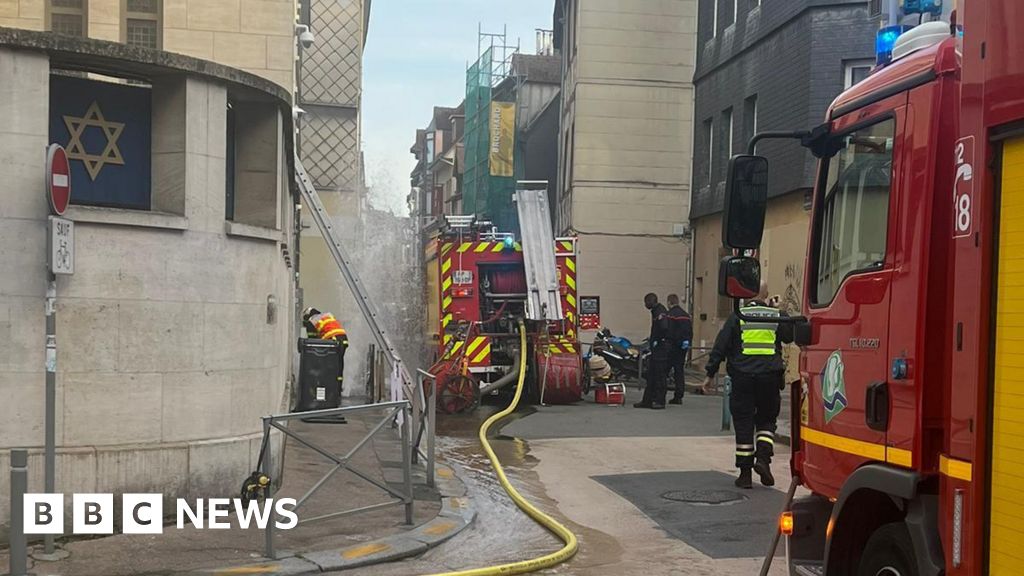CHRISTMAS cooks are being warned to be extra careful this festive season.
With people making meals for large families, the home can become a serious health hazard – with dangers on both the plate and in the kitchen.
Two in five Brits have suffered from a Christmas calamity in their lifetime, according to medical experts from King Edward VII’s Hospital.
One in 20 people end up in A&E over Christmas, research shows.
Of those, five per cent have an accident when lifting the turkey into the oven, 7.5 per cent need stitches after slicing themselves while chopping vegetables, and six per cent suffer serious burns after spilling hot cooking fat.
There is also a high risk of other dangers, including an undercooked turkey, or a turkey which hasn’t been defrosted properly, choking on small food items such as sprouts, and incorrectly storing and reheating leftovers.
READ MORE ON CHRISTMAS HEALTH
Add alcohol to the mix and the Christmas dinner could spell disaster.
From food poisoning to scalding burns, experts tell Sun Health how to avoid festive accidents and what to do if one occurs.
1. Food poisoning
Turkey is a white meat which, like chicken, needs to be cooked perfectly to avoid food poisoning.
But overcook this bird and it can be very dry, which in turn makes it a choking hazard.
“One of the largest health concerns over this period is how families prepare their turkeys,” explains Dean Harper, founder at Harper Fine Dining.
“Undercooked turkey can risk infection from several foodborne bacteria, such as Salmonella and Campylobacter.
“This will often result in symptoms such as nausea, vomiting, abdominal pain, fever, and even diarrhoea, which can lead to further complications due to dehydration.”
The answer, Dean explains, is to get a decent cooking thermometer to rule out any chances of dishing up undercooked meat.
“Meat thermometers allow you to check the internal temperature of different parts of the meat – for example, the white meat and the dark meat of turkey will require different cooking temperatures,” he says.
“The breast should reach 75C, while the thighs and drumsticks should reach least 80C.
“Having a working meat thermometer is a fantastic way of avoiding the risks of food-borne bacteria.
“Additionally, they can help stop you from burning your turkey.”
“If you’ve bought a frozen turkey, make sure it remains frozen until the final run down to Christmas Day,” adds Stephanie Hughes, brand manager at Electronic Temperature Instruments Ltd.
“Begin the defrosting process by moving it to the fridge.
“You should allow approximately eight hours per kg to defrost in the fridge.
“Aim to have your bird defrosted by December 23, to ensure that when you begin cooking, there are no frozen parts that have not yet defrosted.
“If you’re defrosting at room temperature, allow three hours per kg, and ensure that you work backwards from Christmas Day to ensure it’s fully defrosted.”
2. Choking
Food items like sprouts and pigs in blankets are the exact size to cause choking.
And nothing will ruin your Christmas dinner more than Aunt Mildred coughing up her sprouts.
“Choking at mealtimes is always a hazard but can be especially problematic over the Christmas period,” explains Dr Deborah Lee of Dr Fox Online Pharmacy.
“Eating too fast, not chewing the food properly or eating with badly fitting dentures are all underlying causes.
“Turkey can be very dry and hard to swallow, especially in older people with a lack of saliva.
“Alcohol can also dampen the gag reflex.”
One thing we can all do with our Christmas dinners is to prepare our veg in smaller bites.
But if someone does choke, arm yourself with the knowledge of what to do.
“An adult who starts to choke is likely to be panicking and frantically grabbing at their neck, going red in the face and then blue around the lips, salivating and trying to cough,” explains Dr Lee.
“After a few minutes, they may pass out unconscious.”
Sit the person forwards and using the heels of your hands between the shoulder blades, give a hard thump, to try and dislodge the lump of food.
“Give five back blows in total,” adds Dr Lee.
“If this has not at least partially dislodged the food, move on to abdominal thrusts – known as the Heimlich manoeuvre.
“To do this, stand behind the person and put your arms around their chest/abdomen.
“Make a fist with one hand and clasp the other hand over it.
“Place the two hands just below the rib cage, about two inches above the belly button, and squeeze inwards and upwards forcefully, five times.
“If they are still choking phone 999.”
3. Staying safe with knives
According to the National Accident Helpline, around one in five of us have cut ourselves in the kitchen when preparing Christmas food.
“If the cut is severe, or blood is squirting out so you may have cut an artery, phone 999 immediately,” warns Dr Lee.
“Take a clean dry cloth and press hard on the bleeding area.
“If you have cut off a finger or part of a finger, wrap the cut piece of finger in a damp cloth, put it in a clean plastic bag, pack it with ice and take it to A&E straight away.”
However, if the cut is not as bad as this, just make sure to wash it well and apply pressure for several minutes.
Also try holding the cut up high to help clot the bleed.
4. Avoiding burns
One in 10 of us have burnt or scalded ourselves with hot fat when cooking Christmas dinner.
And anyone who’s had a burn in the kitchen knows how much it can hurt.
The best way to stay safe is to stand back from ovens when opening the doors, to always use oven gloves, and to make sure there is a fire extinguisher to hand.
If you do end up scalding yourself over Christmas, Dr Lee explains that we need to remove or get away from the source of heat immediately.
Take off any jewellery near the affected area and cool the skin by running the area under a lukewarm tap for 20 to 30 minutes.
“Don’t use ice, ice cold water, butter or any greasy creams,” she adds.
“Cover the burn by putting cling film over it, and take paracetamol and/or ibuprofen for pain.”
If it’s a large burn, go to A&E, or if the skin is white or charred.
Burns on the face or hands or that involve the joints or the genital area should also be seen in A&E.
“Burns should be covered with a sterile dressing such as a pad and gauze,” continues Dr Lee.
“Do not be tempted to burst any blisters. Burns are at high risk of becoming secondarily infected so seek medical advice without delay if the wound becomes very red around the outside of it or is producing a pus.”
5. Safely storing leftovers
Some people find eating the leftovers of a Christmas dinner their favourite part of the whole meal.
However, the risk of contamination and food poisoning increases each time food is cooled and reheated.
“Never put hot food straight in the fridge because the heat will begin to raise the fridge’s internal temperature, creating a thriving environment for bacteria on your leftovers – and affecting the safety of all your other food,” explains Stephanie.
“Instead, transfer leftovers from hot dishes into a new container and leave to cool for between three to four hours maximum.
“Food should be covered and left to cool until it reaches room temperature – about 20C.”
Your turkey and pigs in blankets should be fine in the fridge for up to three days; veggies and potatoes can last slightly longer – up to five days.
However, once you reheat your food, you can’t reheat it again.
“In terms of food safety, the Food Standards Agency recommends that food is only reheated once, so this guidance should be followed wherever possible,” explains food hygiene expert Sarah Taylor.
It’s also important to ensure that the core temperature of the food is piping hot for food safety purposes.
“You should only eat the reheated food once it is visibly producing steam,” says Sarah.
“If you have a temperature probe, use this to check that the food is at least 75C.”
“If using a microwave, always pause halfway through reheating to remove and stir your food,” adds Stephanie.
“This is because food is not heated evenly in microwaves and any cold pockets are a breeding ground for bacteria.”

Robert Johnson is a UK-based business writer specializing in finance and entrepreneurship. With an eye for market trends and a keen interest in the corporate world, he offers readers valuable insights into business developments.








